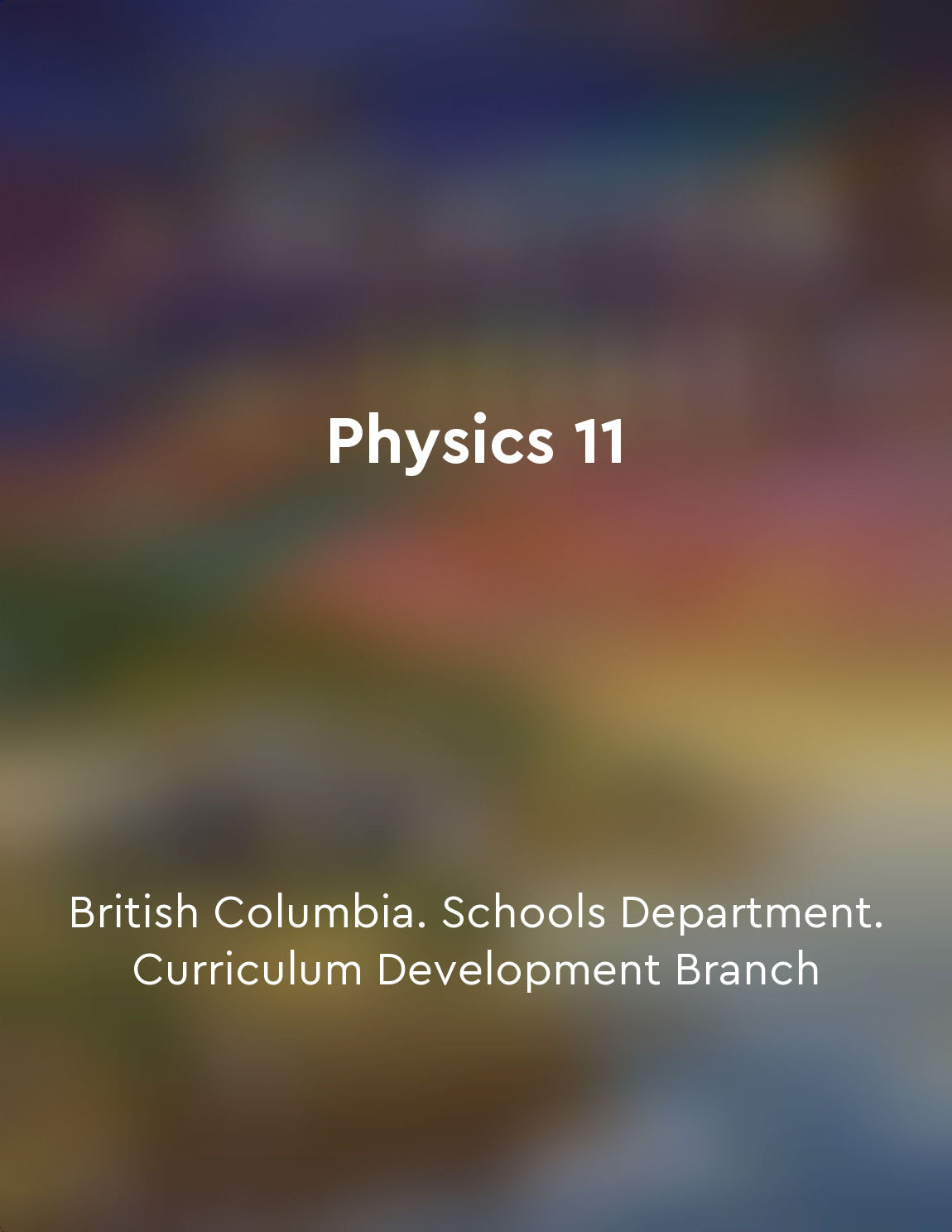The properties and behaviour of matter can be explained by the arrangement and motion of atoms and molecules from "summary" of Physics 11 by British Columbia. Schools Department. Curriculum Development Branch
Understanding the properties and behavior of matter requires examining the arrangement and motion of atoms and molecules. Atoms are the basic building blocks of matter, consisting of a nucleus of protons and neutrons surrounded by electrons. These atoms can combine to form molecules, which are groups of atoms held together by chemical bonds. The arrangement of atoms and molecules within a substance plays a crucial role in determining its properties. For example, the arrangement of atoms in a solid is ordered and rigid, giving solids a definite shape and volume. In contrast, the arrangement of atoms in a liquid is less ordered, allowing liquids to flow and take the shape of their container. In gases, the atoms and molecules are in constant motion and have no fixed arrangement, leading to gases filling the entire volume of their container. The motion of atoms and molecules also influences the behavior of matter. Atoms and molecules are in constant motion due to their kinetic energy. This motion causes solids to vibrate in place, liquids to slide past each other, and gases to move freely and independently of one another. Changes in temperature can affect the motion of atoms and molecules, leading to changes in the state of matter (solid, liquid, gas) or changes in properties such as volume, density, and conductivity.- Scientists can explain a wide range of phenomena, from the behavior of gases under pressure to the melting and freezing of solids. Overall, the arrangement and motion of atoms and molecules are key factors in determining the properties and behavior of matter in the universe.


